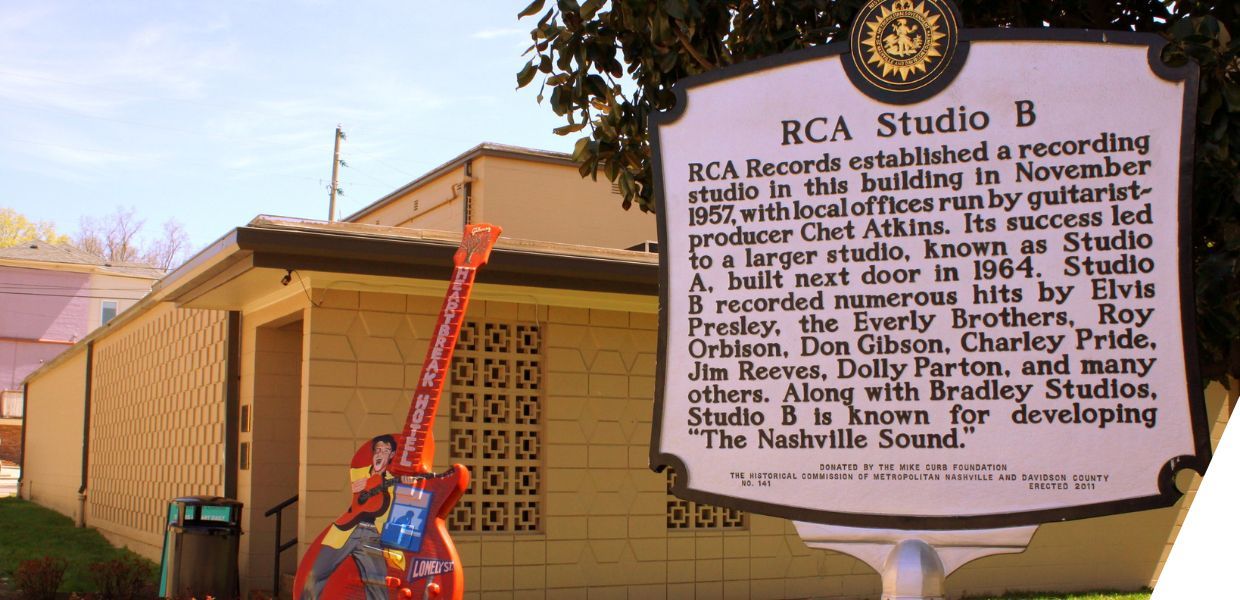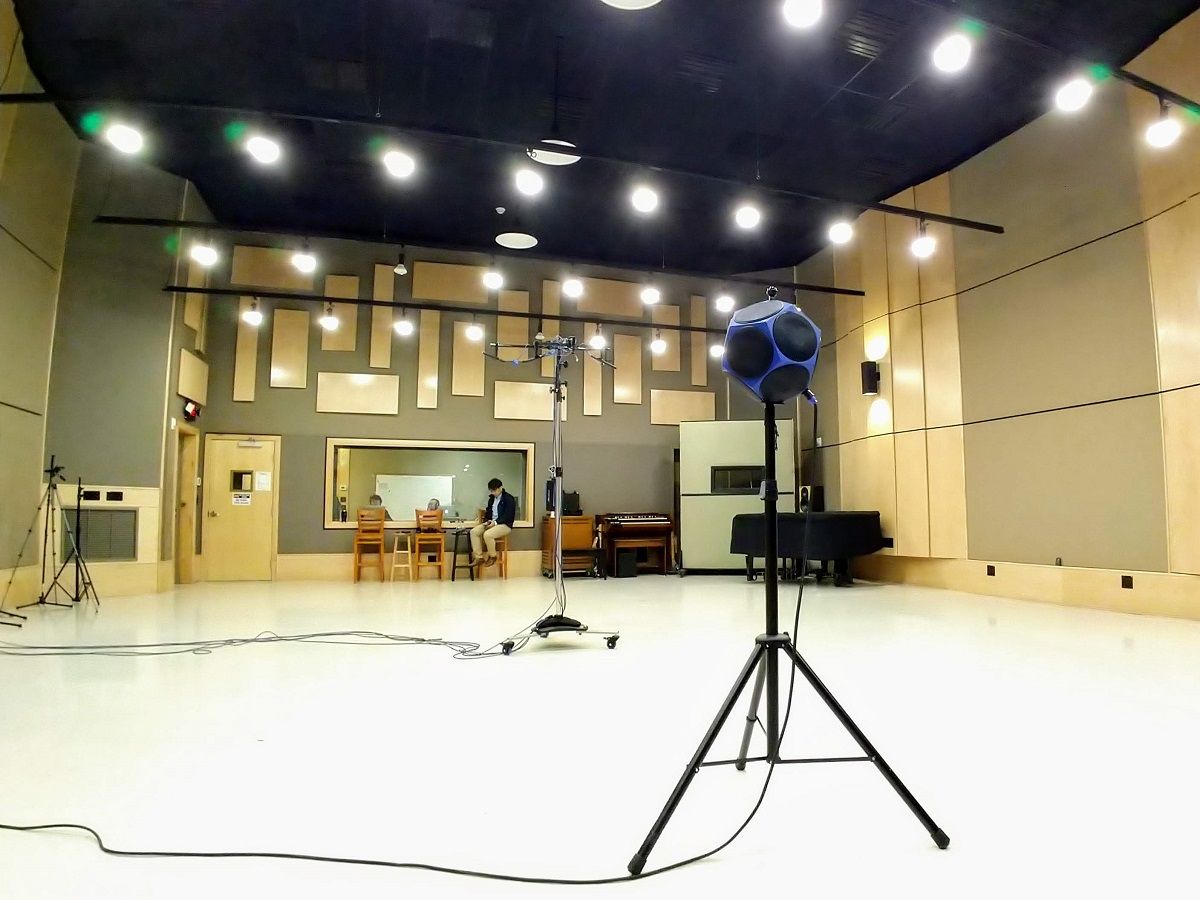Saving the invisible
As physical buildings reflect visual architectural heritage from their times of design and use, the acoustic environments of their enclosed spaces constitute intangible aural heritage that is likewise historically relevant. Performing artists and audiences sometimes regard concert halls and recording studios with exceptional acoustical qualities as ‘temples of sound.’ Music created, heard and felt in such spaces is profoundly shaped by the acoustic environment of the venue that constitutes an unseen but influential dynamic heritage.
Intangible cultural heritage in the United States may be most abundantly preserved in recorded music. Recording studio acoustics have driven the aesthetics of popular music through these structural contributions to the recording process. Still, the material influence of recording room acoustics in trends in popular music has been greatly overlooked, although acoustical and auditory science provide theory and methods to document and describe it.
Music Row
Nashville, Tennessee, has been long established as a major center for commercial music production, home to over 180 recording studios, 130 music publishers, 100 live music clubs and 80 record labels. Music Row is the core locale in Nashville, where today's booming music industry was born. Much of that industry began and remained in this unique district that changed the face of American music and brought authentic regional music to a popular mass audience. Few cultural communities have as significantly developed in just one geographic zone, that also have shaped a worldwide cultural expressive trend.
Harper’s study demonstrated a statistical measure called 'location quotient' to chart the concentration of music-related businesses, including recording studios, distributors, record labels, and music publishers in metro areas in the USA and Canada, with populations over 500,000. Nashville appears as the top-ranked city with an index value much greater than any other city. The Nashville Area Chamber of Commerce’s Research Center also showed that Nashville’s density of music industry activity is currently 2-to-30-times greater than in the nation overall, up to 10-times greater than New York or Los Angeles, cities that also boast a concentration of music production venues.
Endangered spaces
Nashville is now suffering from the continuous demolition of dozens of historic buildings for lucrative redevelopment. Recording studios, record labels, publishing houses, supporting industries, and other music-related businesses are rapidly being replaced with condominiums, hotels, and office buildings.
In January 2015, the National Trust for Historic Preservation (NTHP) designated Music Row as a ‘National Treasure,’ characterised as a highly significant yet threatened historic place, one of many throughout the country where the organisation is committed to working with local partners to ensure their future. The recent progress on the Music Row preservation plan is encouraging; however, merely maintaining the physical presence of Music Row buildings does not guarantee the preservation of their intangible cultural heritage – the historic music-making venues. In order to preserve what matters most significantly in these Music Row buildings, their aural heritage, we must document and preserve their acoustic environments.





